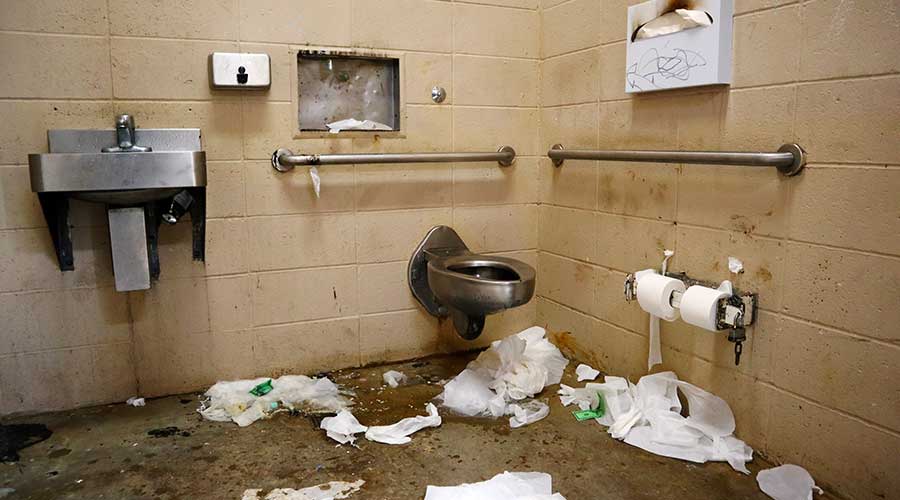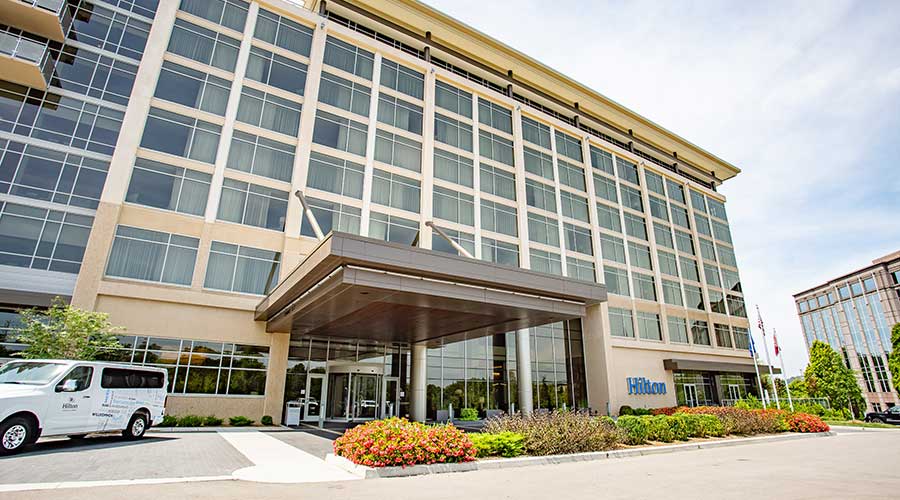
What are Lean Practices for Facility Maintenance?
These practices focus on reducing wasted resources and quicker turnaround times. August 22, 2024
By Jeff Wardon, Jr., Assistant Editor
Facilities managers already have a lot on their plates, spending loads of time on tasks both big and small. Sometimes, this leads to too much time being spent on certain maintenance tasks, meaning other ones go unaddressed. This is something the concept of lean facilities maintenance aims to tackle, as it focuses on reducing wasted resources and time.
Tony Di Tullio, director of property management at Air Canada, will present the session “Lean Practices for Facility Maintenance” at NFMT Remix 2024 this October 29 to 30 in Las Vegas.
FacilitiesNet: What are the goals of lean practices for facilities maintenance?
Tony Di Tullio: The goals for the lean practices are reducing waste and a quicker turnaround time. Those are the two main drivers and the cost, of course, is to reduce time wasted and to get a faster turnaround time on anything that you do because time is money. At the same time, people don't like to wait anymore. Patience is a virtue these days, and that's what we looked at in our processes of reducing waste and improving turnaround time.
FacilitiesNet: What benefits can come from using lean practices?
Di Tullio: There's the cost reduction for sure because now if you're reducing waste energy, it's money saved on labor. Let's save on time consuming issues such as a small purchase which can be bought under one umbrella now instead of being bought individually.
Going through the processes and reducing the wasted energy behind it. It comes down to manpower, it comes down to cost and it comes down to cost reduction. The more time that you have to do one thing, the less time that you have to worry about going through heavy processes, which gives you more time to do other stuff.
FacilitiesNet: How are these practices best implemented?
Di Tullio: We have the Six Sigma training, which is one of the highest trainings that you can find. The Six Sigma training is basically in four steps: you get a yellow belt which is the basics, and then you go to green belt which is a little tougher and then black belt is the revision of the green belt but a little tougher. Finally, there is the master black belt, which is the toughest of all and shows mastery of the Six Sigma concepts.
These processes exist and are implemented across any company that is manufacturing or services provided. There’s also value map streaming and a whole bunch of other processes or continuous improvement tools that you can use, but the best one to use is the Six Sigma. This is because it elaborates more on what you need to do and focuses on the elements that you need to get done. It's all combined under one umbrella, and it gives you a broad knowledge of everything that must happen when you're doing the process of lean manufacturing, lean processes or even lean services.
FacilitiesNet: Are there any challenges when trying to get people to adopt these practices?
Di Tullio: There are challenges to that because people don't like changes and people are comfortable with what they do day in and day out. So, you need to bring these people on board. How do you bring these people on board? If you go get a group of individuals, both negative and positive, and you put them in one room to explain how this works and you show them what we do as it is.
So, once they get involved in this, you get the buying in of these individuals. So, people that really have resistance to changes, those are the people that you really want on your team. You don't want people already motivated and go getters who already know what they want to do and reinvent the wheel again. You want people that are in between not wanting changes and wanting changes and people that don't want changes. You don't get a bunch of those guys; you just get maybe one or two individuals in the room.
So, it normally could be a team of six to 12. However, you get a mix of each type in there and then it just spreads out like wildfire because the ones that are not convinced will be convinced to a certain degree. Then as they get into their hands and feet wet, they start adhering to the system and to the processes and say this was a good thing. Then, it just spreads out, but you always have the resistance. There's no company that I've been in throughout my career that didn't have resistance to this or believed in this for that matter.
To learn more about lean practices for facility maintenance, be sure to check out Di Tullio’s session at NFMT Remix 2024 this October. Register for Remix here.
FnPrime members can get a sneak preview of the session by watching the archive of Di Tullio’s recent webcast on LEAN principles here.
Jeff Wardon, Jr., is the assistant editor for the facilities market.
Next
Read next on FacilitiesNet












